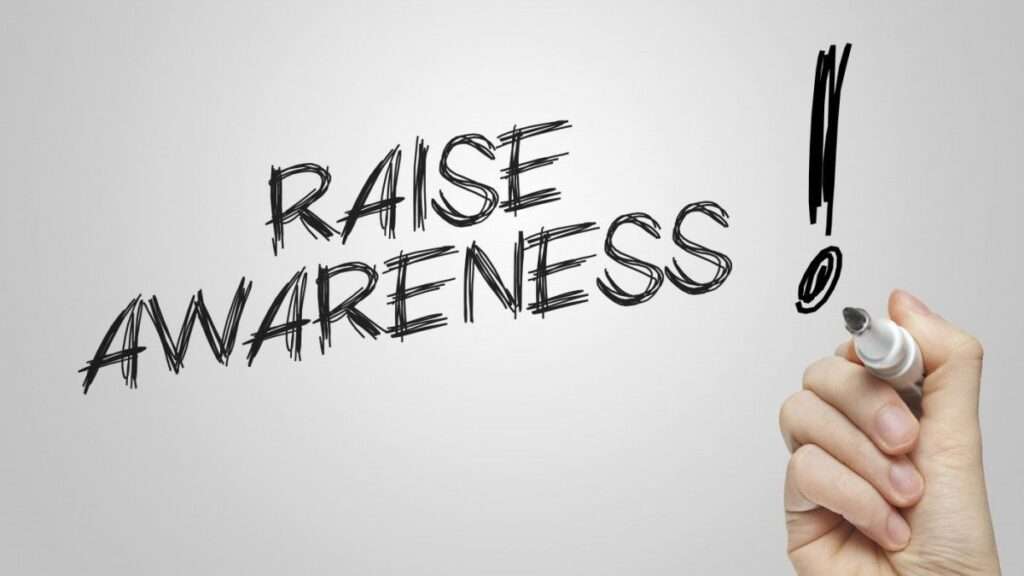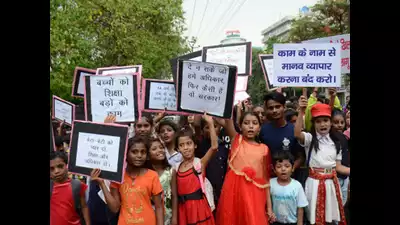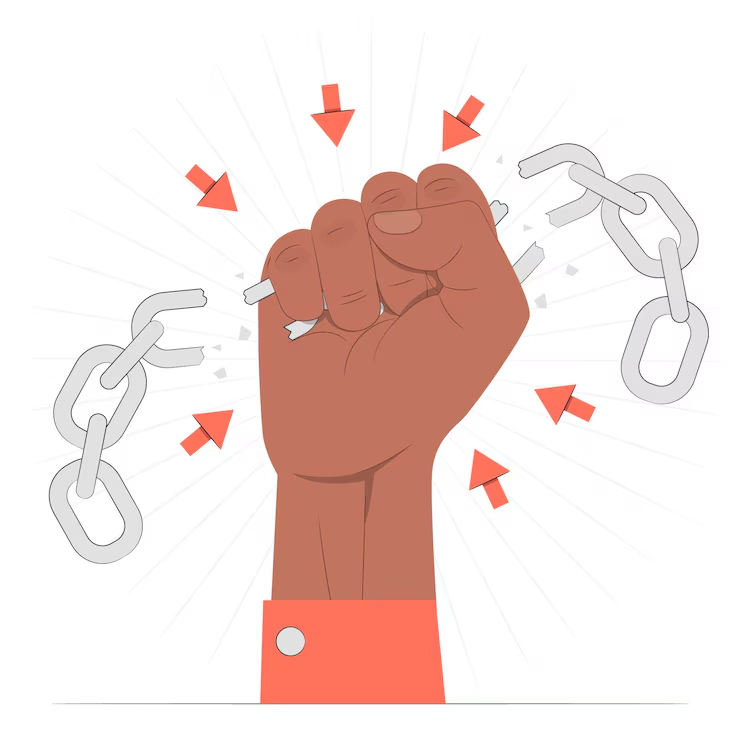Modern slavery remains one of the most pressing human rights violations of our time, with over 40 million people trapped in various forms of exploitation. These include forced labor, child labor, and human trafficking. While governments and organizations worldwide are working to combat this issue, young people have a unique role to play in driving change. This blog highlights how youth can take meaningful steps to fight modern slavery and create a world where everyone’s freedom is respected.
Understanding Modern Slavery Modern slavery encompasses various forms of exploitation:



- Human Trafficking – The illegal transportation of people for forced labor, sexual exploitation, or other forms of abuse.
- Forced Labor – Work performed under threat or coercion, often without adequate compensation.
- Child Labor – The exploitation of children in harmful or illegal work.
While these issues might seem distant, they’re closer than we think. Industries like fashion, agriculture, and technology often unknowingly or negligently rely on forced labor in their supply chains.
Why Youth Activism Matters Young people are often at the forefront of social change, bringing energy, innovation, and passion to important causes. When it comes to modern slavery, youth can:
- Raise Awareness: Social media platforms provide a powerful tool to educate peers and communities about modern slavery.
- Advocate for Change: By lobbying governments and corporations, young activists can push for stricter laws and ethical practices.
- Volunteer and Support Organizations: Many anti-trafficking organizations welcome the involvement of young volunteers to spread their message and support victims.

Inspiring Stories of Youth Making a Difference
- Greta Thunberg’s Climate Action Inspires Social Justice: While primarily known for climate advocacy, Greta’s approach highlights how focused youth activism can influence global conversations.
- Amari’s Campaign Against Human Trafficking: At just 16, Amari organized a school-wide campaign to educate her peers about human trafficking, raising over $5,000 for local shelters.
- Youth-Led Social Media Campaigns: A group of college students in India created a viral hashtag that reached millions, leading to corporate investigations into labor abuses.
The Role of Education in Preventing Exploitation Education is a critical tool in preventing modern slavery. Schools and universities can:
- Integrate Anti-Slavery Lessons: Include human rights education in curriculums.
- Host Workshops: Partner with NGOs to provide workshops on recognizing and combating exploitation.
- Empower Vulnerable Communities: Support access to education in regions at high risk of child labor and trafficking.
Challenges in Combating Modern Slavery Despite the progress made, challenges remain:

- Lack of Awareness: Many people are unaware of the prevalence of modern slavery.
- Complex Supply Chains: Identifying and eliminating forced labor in global industries is difficult.
- Limited Resources: Organizations combating slavery often lack funding and manpower.
Youth can address these challenges by amplifying voices, driving innovation, and fostering global collaboration.
Conclusion Modern slavery thrives in silence and ignorance, but young people have the power to break this cycle. By educating themselves, raising awareness, and taking action, youth can contribute to a world free from exploitation. It’s not just about fighting for others; it’s about creating a future rooted in equality and respect.


